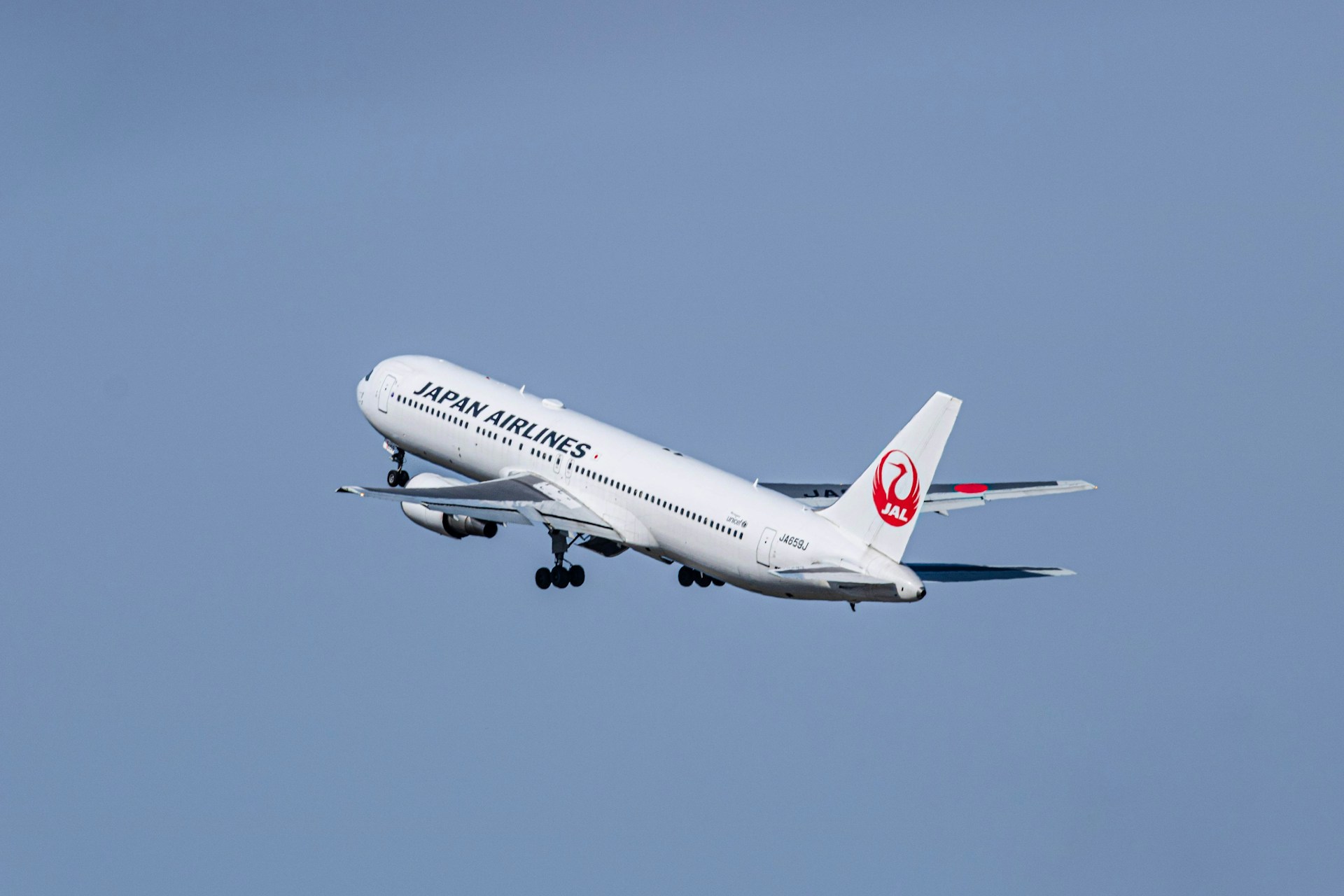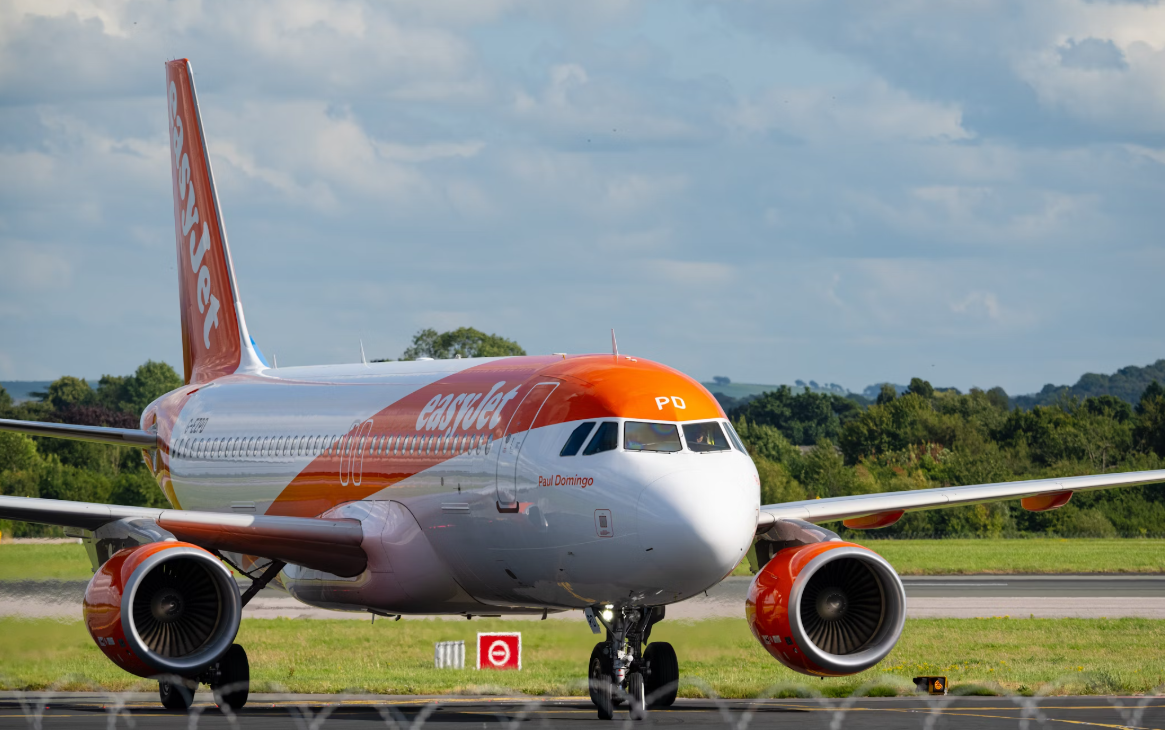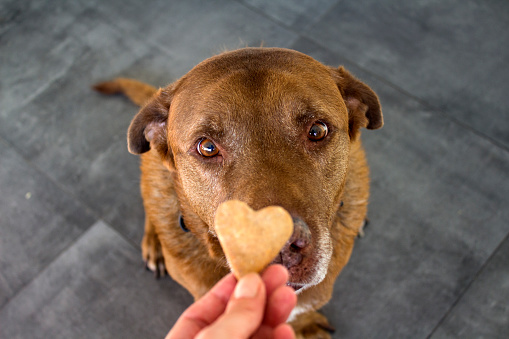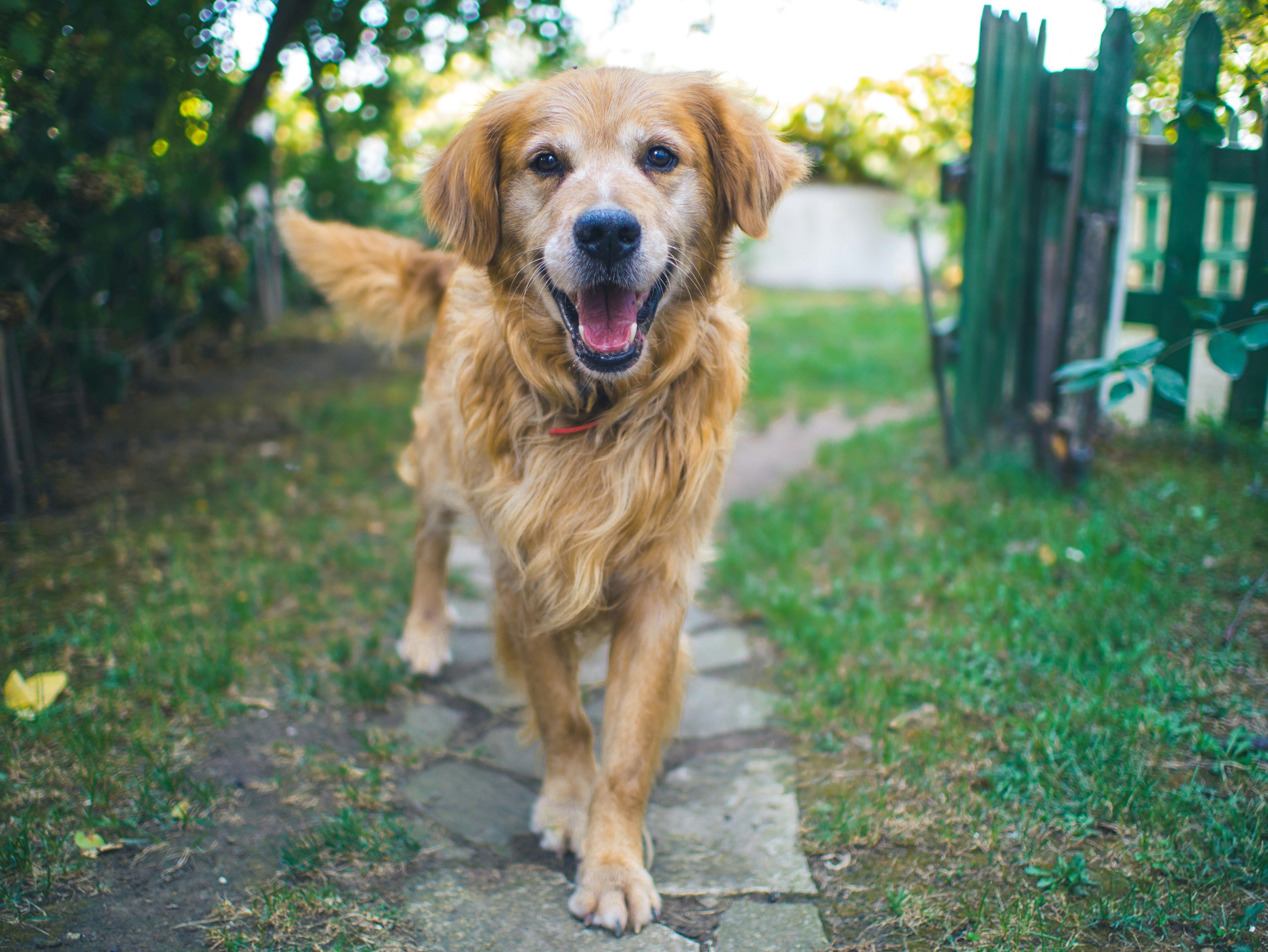- Emotional Support Animals (ESAs) on Japan Airlines
- How to Fly with a Pet or Emotional Support Animal on Japan Airlines?
- Does Japan Airlines Accept Psychiatric Service Dogs?
- Do Psychiatric Service Dogs Fly for Free?
- How to Fly with Your Psychiatric Service Dog on Japan Airlines
- How to Get Your Legitimate Psychiatric Service Dog with the ServiceDog Training School International
- Get Your Psychiatric Service Dog Certification
- What is the Air Carrier Access Act (ACAA)?
- What is the Difference Between an Emotional Support Animal and a Psychiatric Service Dog?
- Japan Airlines’ Service Dog Policy
- Japan Airlines (JAL) - Required Documentation
- Other Japan Airlines Policies To Know
- Japan Airlines’ Pet Fees
- Japan Airlines Breed Restrictions
- Japan Airlines Pet Carrier Size Requirements
- F.A.Q.

Japan Airlines (JAL) remains quite popular among passengers in 2024 and we believe it will keep its place in the hearts of passengers due to its range of services that cater to business and leisure travelers. The airline has been placed 6th in 2024 by the Skytrax World Airline Awards based on customer surveys.
In this article, we will guide you through the steps you need to take to travel with your pet, emotional support animal, or service dog on one of the best airlines in the world. As of January 2025, Japan Airlines (JAL) operates a total of 149 commercial aircraft. The company has an impressive number of narrow and wide-body aircraft amounting to 149 airplanes for commercial passengers. With four major hubs in Tokyo, Osaka, Nagoya and Okinawa, Japan Airlines connects 95 destinations across 20 territories and it is important to understand their policies for the safe and comfortable transport of our paw partners.
Emotional Support Animals (ESAs) on Japan Airlines
ESAs are no longer treated the same way as service dogs. The Department of Transportation (DOT for short) issued an update on December 2nd, 2020 regarding service animals, emotional support animals (ESAs), and the rights of disabled passengers. The ruling of the Department of Transportation came into effect on March 1st, 2021 and it changed the way ESAs are treated. Emotional support animals are subject to pet travel policies now.
This caused a domino effect across all airlines connecting US airports to foreign destinations. Nearly all airlines do not grant special privileges to ESAs. All ESA owners are expected to abide by the pet travel policy that JAL has adopted.
How to Fly with a Pet or Emotional Support Animal on Japan Airlines?
Unlike other airlines, JAL transports pets and ESAs in the cargo hold only. The airline requires passengers to send an advance notice to the JAL International Information and Reservation as early as possible and no later than 72 hours prior to boarding. You will have to take into account various age, size, and breed restrictions as well. Passengers also need to ensure compliance with the import and export regulations based on their route. A letter of consent will have to be submitted to JAL International Information and Reservation.
Pets can be checked in at the same check-in counter as their owners. Checked-in pets will be kept in indoor air-conditioned rooms but you should note that the airline recommends against traveling during daytime through the Summer (May 1 through Oct 31) as to reduce the risk of your paw partner suffering an injury. The airline explicitly says:
“Temperature and humidity are controlled inside the bulk cargo room by air-conditioning. However, the outside air and heat cause temperatures to be higher than normal. …temperature and humidity may change depending on the season during transport, loading, and unloading.”
Pets are available for pickup in their carriers at the baggage claim area. There is no official limit on how many pets you can bring but most likely passengers will be allowed to bring no more than two pet carriers with them. Please, make sure to reach out to the JAL International Information and Reservation Desk directly.
Does Japan Airlines Accept Psychiatric Service Dogs?
Yes, they do! JAL clearly states on its website the following:
“Assistance dogs (seeing-eye dogs, service dogs, hearing dogs) may accompany passengers on board at no cost.
On flights to and from the United States (including to/from Guam and Hawaii) and Canada, Service Dogs besides Guide Dogs, Hearing Dogs and Mobility Assistance Dogs will also be accepted in the passenger cabin as long as they meet the requirements. (e.g. Psychiatric Service Dogs, Alert Dogs)”
Please, be advised that the airline accepts only Guide Dogs for the Blind, Hearing Aid Service Dogs, and Mobility Aid Service Dogs on international flights that are not connected to the US. In addition to that, any dogs coming from high-risk countries to Japan will be expected to undergo a quarantine period of 120 days at their country of origin or at their destination and be subject to very strict import rules.
Do Psychiatric Service Dogs Fly for Free?
Service dogs of all types dogs fly free of charge but you should make sure your dog complies with the animal import regulations. Depending on your route and completed service dog training, limitations may apply for connecting flights so make sure to learn about the service dog regulations at your destination. Self-trained service dog teams have to be mindful of the limitations that are due to differences in national laws and service dog classification.
How to Fly with Your Psychiatric Service Dog on Japan Airlines
Please, bear in mind that JAL is based in Japan and any flights you do to Japan will be subject to Japanese laws. Technically you can fly with a self-trained and professionally trained psychiatric service dog in the cabin. However, the second you land in Japan your psychiatric service dog will be treated as a pet. Why is that?
The short answer is that Japan has a law called “Act on Assistance Dogs for Persons with Physical Disabilities ( 身体障害者補助犬法 )” and it features protections and special rights for Guide Dogs for the Blind, Mobility Aid Service Dogs, and Hearing Aid Service dogs. No other types of service dogs are granted protection and public access rights. A page in English explaining the law can be found at MGHLW.GO.JP and they have prepared a helpful PDF brochure. The Japanese version of the explanation page can be found at this address.
If you are flying to a destination other than Japan, the boarding process will depend on your specific route. The process can be broken down to these steps:
1) Fill Out a Form of Advanced Notification;
2) Make sure your dog is microchipped. The microchip should comply with ISO 11784 and 11785 (15-digit microchip code consists only of numbers).
3) Make sure the dog is vaccinated against rabies and obtain proof of that. Depending on the age of your dog and the country-specific regulations you may have to allow up to 200 days lead time for your flight.
4) Do a rabies antibody test and obtain paperwork for that.
5) Obtain a signed and stamped bill of good health by a federally certified veterinarian (if you are in the US) or the appropriate agency that matches the Animal Quarantine service in Japan.
6) Fill out and send a Letter of Consent for Transportation to the airline.
How to Get Your Legitimate Psychiatric Service Dog with the ServiceDog Training School International
Our company provides owner-trained psychiatric service dog courses to disabled citizens. The service dog regulations in the US permit domestic and foreign passengers to travel with self-trained service dogs within the US and to the country provided they meet the US DOT, CDC, and public safety requirements. We discuss the primary law on service dogs and disability rights – the Americans with Disabilities Act (ADA) – and the rules for service dogs-in-training.
Depending on location and travel plans, we may be able to help you travel with your service dog. If you reside in the UK and Canada and want to learn more about your service dog regulations please refer to:
Service Dog Laws in the United Kingdom
If you are based outside of North America and Western Europe, please leave a message for our team so can email you about your options.
Of course, you can obtain a fully trained service dog from a dog training facility. Very few of them will agree to work with pet dogs as most have agreements with verified breeders and prefer to work with one or two breeds. Charities that provide service dogs to disabled citizens for free often have long waiting lists and it is not uncommon to wait from 2 to 5 years for an assistance animal.
We talk about this extensively on these pages:
Professional Training - What Do You Need to Consider Service Dog Training Organizations Near You
Get Your Psychiatric Service Dog Certification
You are welcome to check the learning plan (syllabus) for the Psychiatric Service Dog training course and consult our team. We would be happy to assist you in properly training your canine and meet industry standards for safe conduct. At the end of your course, you will be provided with a certificate as proof of completed service dog training to attest to your achievements. Each certificate has a unique number that companies like Japan Airlines can use to quickly verify the status of your service dog.
The course is centered around the application of Deep Pressure Therapy and additional helpful skills like medication reminder and retrieving items. Our PSD Course includes basic, advanced, and service dog skills training. The online program is suited to people with little to no dog training experience.
You may want to read the article here: Deep Pressure Therapy Explained
If you need a different type of service animal but you are not sure what online course may be a good fit for you, please take our short quiz. We will be delighted to consult you on your options.
What is the Air Carrier Access Act (ACAA)?
The Air Carrier Access Act from 1986 (49 U.S.C. § 41705) prohibits discrimination on the basis of disability in air travel which includes a policy on service dogs. The Department of Transportation (DOT) is the government body that enforces and protects your rights as a passenger. The policies of the DOT apply equally to domestic and foreign-based airlines servicing flights to and from the US. We sincerely recommend reading the “Airline Passengers with Disabilities Bill of Rights”. You can find a fact sheet published by the Research and Training Center on Promoting Interventions for Community Living.
What is the Difference Between an Emotional Support Animal and a Psychiatric Service Dog?
Under the ADA service animals are defined as follows:
“Service animal - means a dog, regardless of breed or type, that is individually trained to do work or perform tasks for the benefit of a qualified individual with a disability, including a physical, sensory, psychiatric, intellectual, or other mental disability. Animal species other than dogs, emotional support animals, comfort animals, companionship animals, and service animals in training are not service animals for the purposes of this part.”
Emotional Support Animals can be any domesticated species while service dogs can be only canines. ESAs do not undergo any specialized training beyond basic obedience while service dogs undertake individual training to directly aid the daily lives of their users and be safe to use in public.
More on the subject is presented in our article: Service Animals vs Emotional Support Animals vs Therapy Animals
Japan Airlines’ Service Dog Policy
The airline adheres to the following description for a service dog:
“A Service Dog must be individually trained to do work or perform tasks for the benefit of an individual with a disability. The Service Dog must be harnessed and leashed and remain under the control of the handler at all times at the airport and while onboard the aircraft.”
They also add:
“We will check the behavior and condition of your Service Dog on the day of travel, and if its behavior poses a threat to flight safety, we may take such measures as carrying the Service Dog in the cargo compartment.”
All service dogs flying with JAL are expected to wear a harness and a leash. The dogs should remain under control at all times. At airports in Japan, it is prohibited to walk with a Service Dog (excluding a Guide Dog, Hearing Dog, or Mobility Assistance Dog) inside the airport terminal under local airport management regulations. This means any psychiatric service dogs, diabetic alert/response dogs, seizure alert/response dogs, and service dogs not fitting the criteria above have to be transported in a carrier.
Japan Airlines (JAL) - Required Documentation
As mentioned above, the documentation that you will be expected to provide to JAL will depend on your route. If you are taking an international flight you are likely going to need — a certificate/bill of good health from a government-certified veterinarian in your area; paperwork for recent rabies vaccination; proof of completed service/assistance dog training; and apply for an import permit for your destination. Do not forget to fill out and send a “Letter of Consent for Transportation” to the airline.
The process for entering Japan is rather difficult and we strongly encourage you to follow the guidance from Japan's Animal Quarantine Service.
If you are flying to locations in Asia, Australia, and Western Europe the paperwork you will have to obtain may vary greatly. While the service dog laws in Canada and the US match in many instances, the laws in Europe are very different and there is no unified framework for service dogs there.
Approximately 30% of the intentional flights serviced by JAL are between North America (US and Canada) and Japan. The rest of the traffic is between four international airports in Western Europe and twenty international airports across Asia and Oceania. Many countries connected by JAL accept only professionally trained service dogs and many of them do not accept any other dogs than guide dogs, hearing aid dogs, and mobility dogs.
Other Japan Airlines Policies To Know
If you are taking a flight with a self-trained psychiatric service dog (or another type of self-trained service dog) you may need to have them transported in the cargo hold on many routes. We encourage you to double-check the JAL Cargo page for details. The airline is likely to have preferential treatment for guide dogs for the blind, mobility aid dogs, and hearing aid dogs. You may want to check the feedback from JAL passengers on Reddit before booking your flight with the airline.
Japan Airlines’ Pet Fees
Generally, the pet fees can range between 200 and 300 USD per pet. The fee depends significantly on the weight of the pet carrier. The weight limit is 32 kg/70 lbs. Please, note that the crate is counted towards your checked baggage allowance which must not exceed 100 kg unless you are fine with incurring Excess Baggage Charges.
Japan Airlines Breed Restrictions
Snub-nosed (also called brachycephalic) dog breeds are not accepted on any flight services by Japan Airlines due to safety considerations. Breeds (and mixed variants of them) that are perceived as flat-faced/snub-nosed include:
Cavalier King Charles Spaniel; Pug; Pekingese; Boxer; Brussels Griffon Boston Terrier; Lhasa Apso; French Bulldog; Bulldog; Shih Tzu; Affenpinscher; Mastiff; Japanese Chin; Bullmastiff; Chow Chow; Neapolitan Mastiff; Chihuahua; Yorkshire Terrier; Tibetan Spaniel; English Toy Spaniel
The list above is incomplete so make sure to consult your veterinarian about the health of your dog and the implications of air travel. JAL accepts domesticated birds, rabbits, and cats as checked pets. Please, remember that brachycephalic cats are not accepted on board. The list of prohibited breeds includes (but not limited to):
Persian; Exotic Shorthair; Himalayan; British Shorthair; Scotish Fold; Burmese; Burmilla; Peke-Face Persian; Silver Shaded Persian (Chinchilla); Bombay; Selkirk Rex; Napoleon (Minuet)
Japan Airlines Pet Carrier Size Requirements
The dimensions of the pet carrier may vary depending on the aircraft servicing your flight. Please, remember to call at least 48 hours in advance of departure to make sure your carrier is compliant. Generally, the maximum dimensions are — 45 cm in height; 45 cm wide; and 41 cm in length. That translates to 17.5 inches in height; 17.5 inches wide; and 16 inches in length.
JAL insists that the carriers are:
- Locked and escape-proof;
- Large enough for the animal to move comfortably;
- Constructed of durable plastic, fiberglass, or wood;
- Of sound construction (any nuts and bolts must be securely fastened);
- Of proper ventilation for the safety and comfort of the animal;
- Leakproof.
Please keep in mind that the available space may differ across aircraft. Make sure to call JAL Cargo at least a week in advance so you can prepare.
F.A.Q.
Can My Dog Sit on My Lap During a Japan Airlines Flight?
-They can if they are sufficiently small and approved to do so by the crew on your flight. In general, pets/ESAs are expected to remain in a kennel until you disembark the aircraft. The carrier has to remain on the floor of the aircraft. Service dogs will have to lie down on the floor for the duration of the flight too.
Can Japan Airlines Ask for Proof of Completed Training?
-The airline can ask you to show proof of completed training but you are not legally obligated to present one as long as you are doing a direct flight to/from the US. Please, remember that when you are flying internationally on a connecting flight – you may be required by law to show a certificate for completed professional dog training depending on your route.
Can Japan Airlines Deny a Psychiatric Service Dog?
-Yes, they can. This usually depends on the size of the dog due to space limitations, the route you are taking as some countries have strict regulations, missing documentation, or legitimate concerns about the dog's health. Disruptive behavior from the dog at the airport can be grounds for refusing boarding too. Make sure your dog is properly trained.
Where to Call or Visit for More Information on Japan Airlines’ Pet Policy?
-You can call the international customer support desk at +81-3-6735-1111 (Available 24/7). General inquiries can be emailed to: [email protected] Passengers with disabilities are welcome to email: [email protected] You can also use the Official Contact page at: https://www.jal.co.jp/jp/en/information/
How to Notify JAL You Will Be Bringing Your ESA/Pet/SA?
-You can do so after booking your flight online. You have to speak to the JAL International Information and Reservation Desk. The best way to do that is to use the JAP Mobile App.












